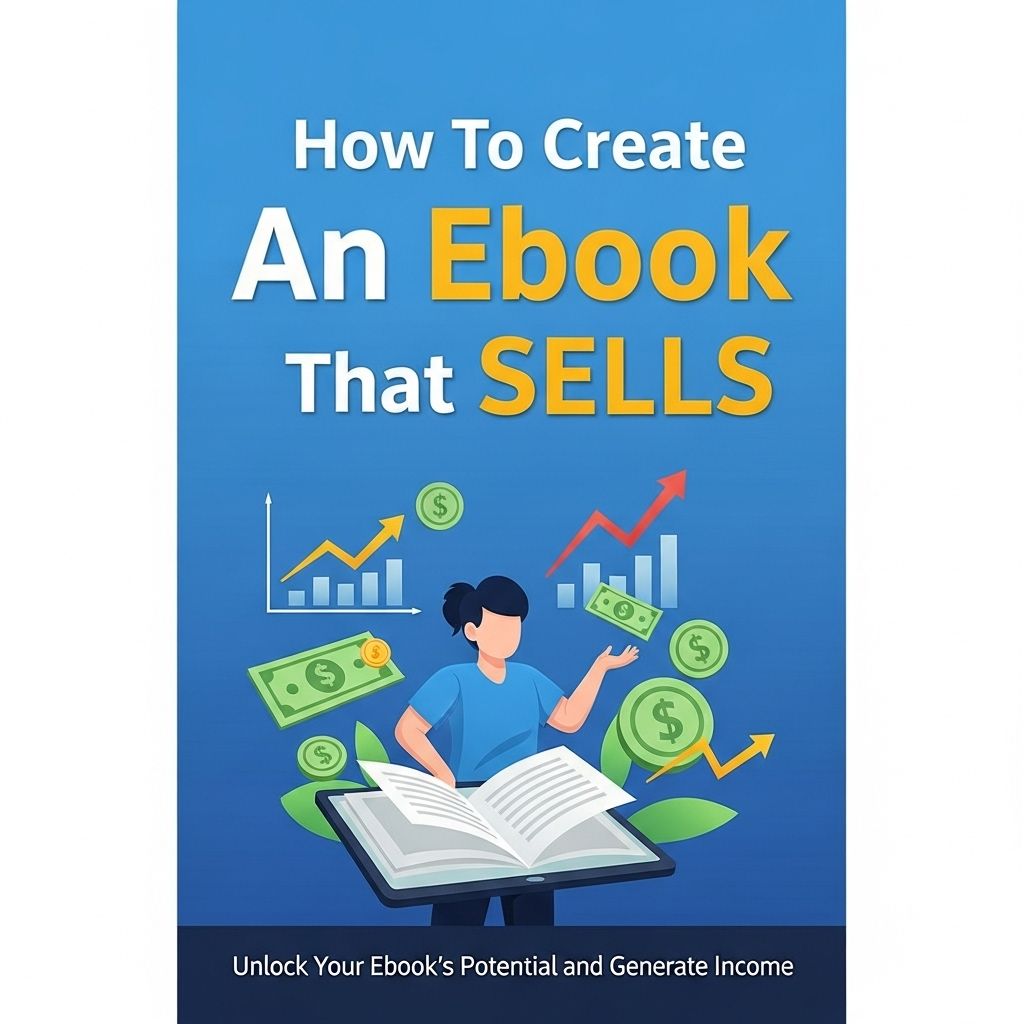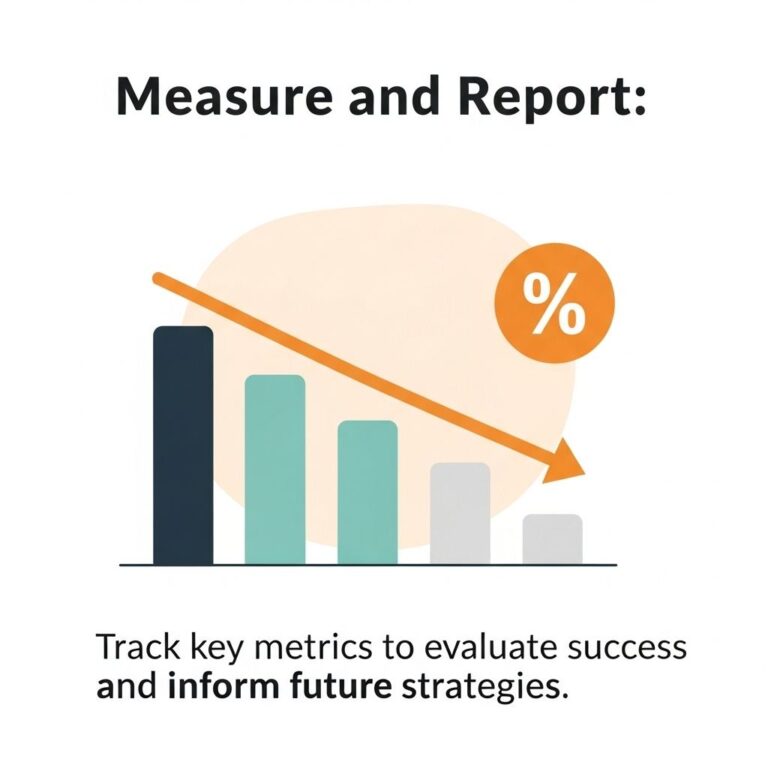In the digital age, eBooks have become a powerful medium for sharing knowledge, stories, and expertise. Whether you’re an author, entrepreneur, or a professional looking to expand your reach, creating an eBook that sells is crucial. This guide will take you through the essential steps to craft an eBook that not only captivates your audience but also converts readers into buyers.
Table of Contents
Understanding Your Target Audience
Before diving into the writing process, it’s essential to understand who your target audience is. Knowing their preferences, pain points, and desires will guide your content creation.
Defining Your Audience
- Demographics: Age, gender, location, and occupation.
- Interests: Hobbies, favorite genres, and topics of interest.
- Pain points: What challenges do they face that your eBook can solve?
Choosing the Right Topic
The success of your eBook largely depends on choosing a topic that resonates with your audience. Here are some strategies to identify a suitable topic:
Research Popular Trends
- Utilize tools like Google Trends to see what topics are currently popular.
- Check platforms like Reddit or Quora for frequently asked questions.
- Explore social media channels to identify discussions and interests within your niche.
Brainstorming Ideas
Use the following methods to brainstorm ideas:
- Mind mapping: Visualize your thoughts and create connections between them.
- Keyword research: Utilize SEO tools to find relevant keywords related to your niche.
- Competitor analysis: Study successful eBooks in your genre to identify gaps.
Structuring Your eBook
A well-structured eBook is easier to read and more engaging. Consider the following structure:
Introduction
Introduce your topic and explain what the reader will gain.
Body Sections
Divide your content into several sections or chapters. Each chapter should cover a specific aspect of your overall topic.
Conclusion
Summarize key points and provide a call-to-action (CTA).
Sample Structure
| Chapter | Content |
|---|---|
| 1 | Introduction to the topic |
| 2 | Key challenges and solutions |
| 3 | Case studies or examples |
| 4 | Practical tips and strategies |
| 5 | Conclusion and resources |
Writing and Editing Your eBook
Once you have your structure, it’s time to start writing. Here are some tips to keep in mind:
Writing Tips
- Write regularly: Set aside dedicated time for writing to maintain momentum.
- Speak to your audience: Use a conversational tone that resonates with your readers.
- Use visuals: Incorporate images, infographics, and charts to break up text and enhance understanding.
Editing and Proofreading
Editing is crucial to ensure your eBook is polished. Consider these steps:
- Take a break after writing to approach editing with a fresh perspective.
- Read your eBook aloud to catch awkward phrasing or errors.
- Use editing tools like Grammarly or ProWritingAid for grammar and style checks.
- Consider hiring a professional editor for a thorough review.
Designing Your eBook
The design of your eBook can significantly impact its appeal. Here’s how to create a visually appealing layout:
Choosing a Format
Popular eBook formats include PDF, ePub, and Kindle. Choose the format that best suits your distribution channels.
Cover Design
Your eBook cover is often the first impression potential buyers will have. Make sure it is:
- Eye-catching and professional.
- Relevant to the content and genre.
- Incorporates your branding elements.
Internal Layout
Ensure a clean and readable internal layout:
- Use headings and subheadings for easy navigation.
- Include a table of contents for longer eBooks.
- Maintain consistent font styles and sizes.
Marketing Your eBook
Once your eBook is ready, it’s time to promote it. Here are effective marketing strategies:
Building a Landing Page
Create a dedicated landing page with the following components:
- A compelling title and subtitle.
- An engaging description of what the eBook offers.
- Testimonials or reviews from early readers.
- A clear CTA button for purchasing or downloading.
Utilizing Social Media
Leverage social media platforms to reach a broader audience:
- Create teaser posts showcasing snippets from your eBook.
- Engage with your followers through polls or discussions related to your topic.
- Consider hosting a giveaway to boost engagement.
Email Marketing
If you have an existing email list, utilize it to promote your eBook:
- Send out a countdown to the launch day.
- Offer exclusive discounts to your subscribers.
- Share valuable content related to your eBook to build interest.
Analyzing Sales and Feedback
After your eBook launch, it’s crucial to analyze its performance:
Sales Tracking
Keep track of sales numbers to evaluate the effectiveness of your marketing strategies. Tools like Google Analytics can help
Gathering Feedback
Encourage readers to leave reviews and feedback. Use surveys or direct emails to gather insights on what they liked or disliked about your eBook.
Continuing to Evolve
The process doesn’t stop after the launch of your eBook. Consider these steps for continued growth:
Update Your Content
Periodically review and update your eBook to keep it relevant with the latest trends and information.
Expand Your Brand
Use your eBook as a stepping stone to develop more content, like webinars, podcasts, or courses.
Conclusion
Creating an eBook that sells requires careful planning, execution, and marketing. By understanding your audience, choosing the right topic, structuring your content effectively, designing it beautifully, and promoting it strategically, you can produce an eBook that not only reaches readers but also compels them to buy. Embrace the journey and enjoy the process of sharing your knowledge with the world!
FAQ
What are the essential steps for creating an ebook that sells?
To create a selling ebook, first identify your target audience and their needs. Then, outline your content, write engaging chapters, design an appealing cover, and format the ebook for easy reading. Finally, plan your marketing strategy.
How do I choose a profitable topic for my ebook?
Research trending topics in your niche, analyze competitors, and consider your expertise. Use tools like Google Trends or keyword research to find what potential readers are searching for.
What format should I use to publish my ebook?
Common formats for ebooks include PDF, EPUB, and MOBI. Choose a format that is compatible with most e-readers and devices to maximize accessibility for your readers.
How can I effectively market my ebook?
Utilize social media, create a dedicated landing page, leverage email marketing, collaborate with influencers, and consider paid advertising. Building a strong online presence can also help generate interest.
What pricing strategies work best for selling ebooks?
Pricing strategies can vary; consider competitive pricing, offering discounts during launch, or using tiered pricing based on content value. Experiment and adjust based on sales performance.
How can I gather reviews for my ebook?
Encourage readers to leave reviews by offering free copies in exchange for honest feedback. Engage with your audience through social media or email newsletters to remind them to share their thoughts.









